Discover 15 hidden attractions, cool sights, and unusual things to do in New Forest (United Kingdom). Don't miss out on these must-see attractions: Paultons Park, Calshot Activities Centre, and Sandy Balls. Also, be sure to include Exbury Gardens in your itinerary.
Below, you can find the list of the most amazing places you should visit in New Forest (England).
Table of Contents
Paultons Park

Theme park in England. Paultons Park is an amusement park located in the New Forest National Park, near the village of Ower, in Hampshire, England, with over 70 rides and attractions. The Peppa Pig World themed area is based on the children's animated television series Peppa Pig. The Lost Kingdom themed area includes 27 animatronic dinosaurs. The park name is derived from the former Paultons Estate, on which the park is situated. The park covers 140 acres of land and features a collection of around 80 species of birds and animals, in addition to the rides. Most of the theme park rides are designed for children and families, which is why the park considers itself a family theme park. The nearest railway station is Totton which is 5.64 km away from the attraction.[1]
Address: Ower romsey, New Forest
Calshot Activities Centre

Sports facility in Calshot, England. Calshot Activities Centre is located on Calshot Spit near Southampton. Indoor facilities include the oldest indoor velodrome in Britain, a dry ski slope and a climbing wall.[2]
Address: Jack Maynard Rd, SO45 1BR Southampton
Sandy Balls
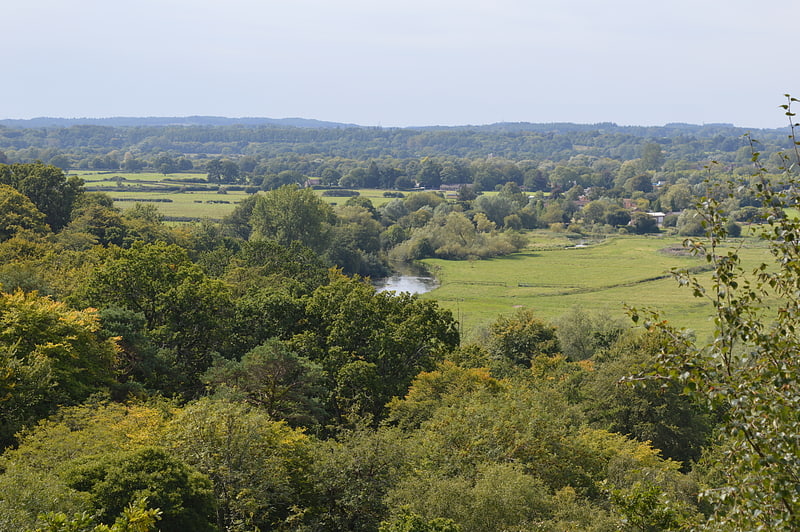
Sandy Balls is 120 acres of woods and parkland near the New Forest in Hampshire, England. Located between the village of Godshill and the town of Fordingbridge, it is bounded on the western edge by the River Avon. Now run as a holiday centre, Sandy Balls is owned by Away Resorts.[3]
Exbury Gardens

Garden in England. Exbury Gardens is an 200-acre informal woodland garden in Hampshire, England with large collections of rhododendrons, azaleas and camellias, and is often considered the finest garden of its type in the United Kingdom. Exbury holds the national collection of Nyssa and Oxydendrum under the National Plant Collection scheme run by the Plant Heritage charity. The gardens are rated Grade II* on the National Register of Historic Parks and Gardens.
Lionel Nathan de Rothschild purchased the Exbury estate in 1919 and soon began creating a garden on an ambitious scale, emulating his father's at Gunnersbury Park in London. Exbury House itself is a neoclassical mansion which was built around an earlier structure in the 1920s. The gardens are open to the public, but the house is not.[4]
New Forest Wildlife Park
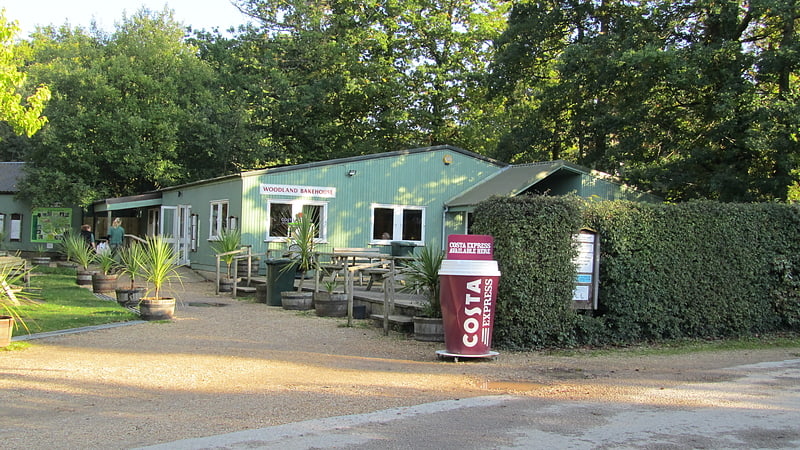
Wildlife park in England. The New Forest Wildlife Park is located on the edge of The New Forest close to the towns of Ashurst and Lyndhurst. The park specialises in native and past-native wildlife of Britain and otters and owls from around the globe, housing four species of the former and ten of the latter.
The park is recognised as the UK's leading institution in the rescue and rehabilitation of sick, injured and orphaned wild otters, along with the rehabilitation of other wildlife such as owls, deer and foxes in similar situations, and it is involved in several conservation projects, including breeding programmes for endangered native species such as Scottish wildcats, water voles and harvest mice.[5]
Address: Deerleap Lane, SO40 4UH Ashurst
Portuguese Fireplace
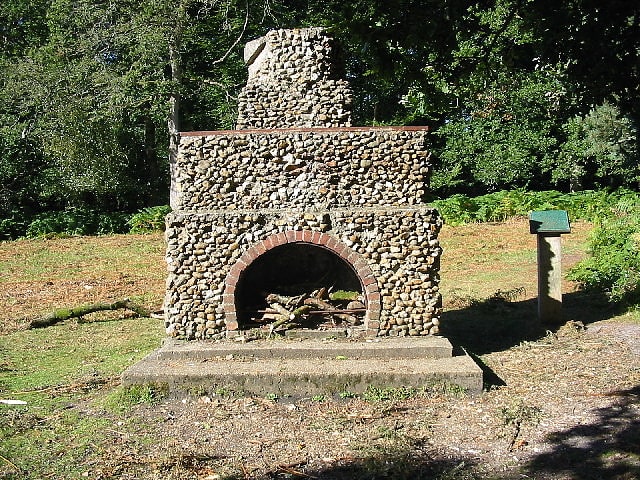
Historical landmark in England. The Portuguese Fireplace is a war memorial in the New Forest National Park, near the village of Lyndhurst, Hampshire, England. It is located on the road between Bolderwood and Emery Down, approximately 2 km from the latter. It is near to Millyford Bridge and is used as a Waymark. Because it was also operated by the Canadian Forestry Corps, it is also referred to locally as the Canadian Fireplace.[6]
Lymington and Keyhaven Marshes
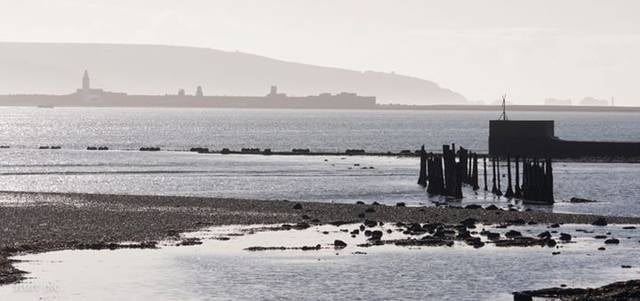
Lymington and Keyhaven Marshes is a 738-hectare nature reserve which stretches from Keyhaven along the south coast across the Lymington River in Hampshire. It is managed by the Hampshire and Isle of Wight Wildlife Trust. It is part of Solent and Southampton Water Ramsar site and Special Protection Area. Some areas are part of two Special Areas of Conservation, Solent and Isle of Wight Lagoons and Solent Maritime and Solent. It is also part of Hurst Castle and Lymington River Estuary, which is a Site of Special Scientific Interest, and of North Solent Marshes Nature Conservation Review site, Grade 2. Two areas are Geological Conservation Review sites, and two are Local Nature Reserves, Boldre Foreshore and Lymington-Keyhaven Marshes.
This coastal site has saltmarshes and intertidal muds. Birds of prey include peregrine falcons, marsh harriers and merlins, while black-headed gulls and sandwich terns feed on fish in the marshes. Yellow-horned poppies, sea campions and sea aster grow in the salty mud.
There is no public access to the site.[7]
Address: Lower Pennington Lane, New Forest
Buckland Rings
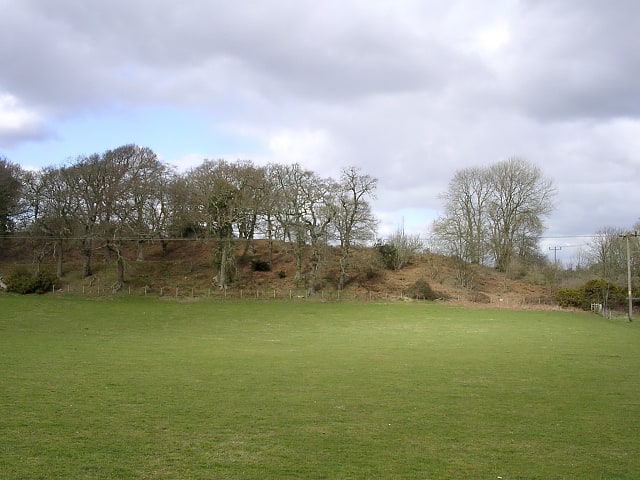
Open air museum in Lymington, England. Buckland Rings is the site of an Iron Age hill fort in the town of Lymington, Hampshire. Today, the mounds and dykes around the outside which once constituted its defences are still clearly visible, although the outer bank lies under the road on the west side, and on the south-east it is nearly ploughed-out. Excavations of the inner and middle ramparts in 1935 revealed that they were of wall-and-fill construction, retained at the front by upright timber beams and walls of cut and laid turf. The entrance, which lies on the east side, was also excavated revealing a long entrance passage and the postholes for a pair of stout gateposts. The site was bought by Hampshire County Council in 1989 to ensure its preservation, and it is open to the public from the A337 road onto which part of it faces.[8]
Copythorne Common
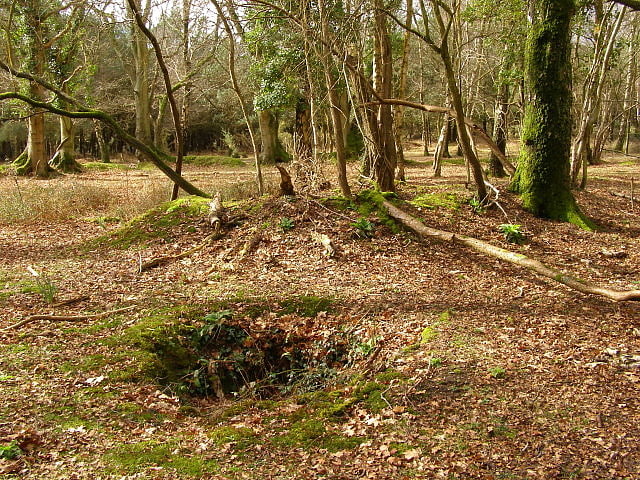
Copythorne Common is a 17-hectare nature reserve west of Southampton in Hampshire. It is managed by the Hampshire and Isle of Wight Wildlife Trust. It is part of the New Forest, which is a Special Area of Conservation and a Site of Special Scientific Interest.
The common has grassland, woods and dry heath. Birds include long-tailed tits and woodlarks, while there are reptiles such as slow worms, adders and common lizards.[9]
Luttrell's Tower

Tower in England. Luttrell's Tower is a three-storey stuccoed yellow brick folly south of Southampton, Hampshire, England, near the village of Calshot. It has a six-storey circular stair turret extending above the rest. It stands on the shore of the Solent, close to the grounds of Eaglehurst House. It is owned by the Landmark Trust.[10]
Calshot Marshes
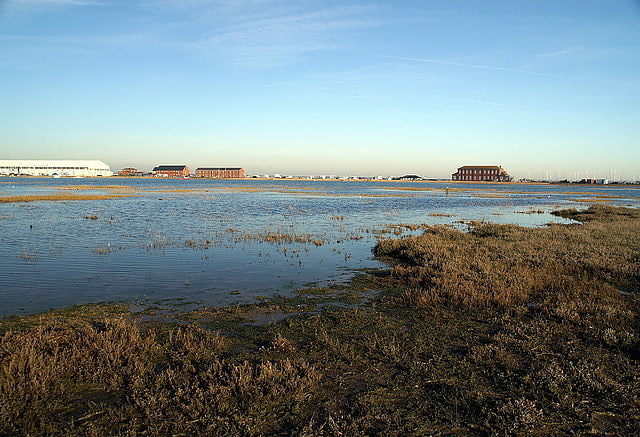
Nature preserve in England. Calshot Marshes is a 51.1-hectare Local Nature Reserve near Calshot, at the junction of The Solent and Southampton Water in Hampshire. It is owned by Hampshire County Council and managed by Hampshire Countryside Service. It is part of Solent and Southampton Water Ramsar site and Special Protection Area, of Solent Maritime Special Area of Conservation and of Hythe to Calshot Marshes Site of Special Scientific Interest.
This saltmarsh site is internationally important for dark-bellied brent geese and nationally important for wigeon, teal, ringed plover, grey plover, black-tailed godwit, redshank and dunlin.[11]
Exbury House
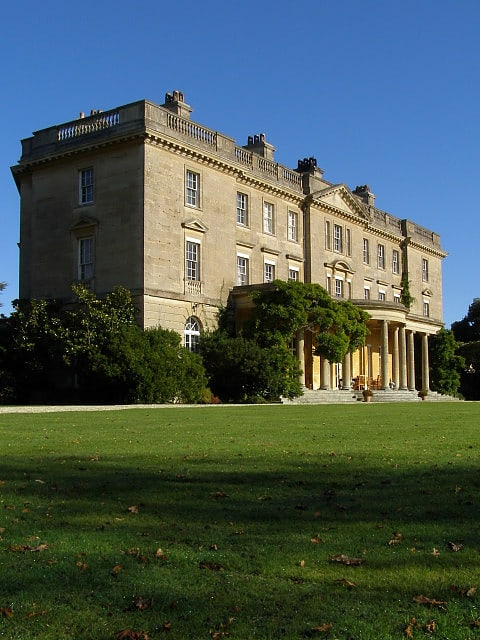
Country house in Exbury, England. Exbury House is an English country house in Exbury and Lepe, Hampshire, situated on the edge of the New Forest.
It is a Grade II* listed building with associated Grade II* listed parkland and gardens.
The house consists of an 18th-century core which was redesigned and refaced in 1927. Constructed of brick and ashlar with a slate roof, it has a rectangular floor plan (with one corner sliced off), 3 storeys and a parapet around the roof. The long side garden frontage has 9 bays and a colonnaded entrance. The main entrance front on the sliced off corner has 5-bays.
The gardens (see Exbury Gardens) were laid out by Lionel de Rothschild between 1919 and 1939 and contain specialist collections of rhododendrons and other species.[12]
Roydon Woods

Roydon Woods is a 294.9-hectare biological Site of Special Scientific Interest near Brockenhurst in Hampshire. It is a nature reserve managed by the Hampshire and Isle of Wight Wildlife Trust and is part of New Forest Special Area of Conservation.
A large part of these woods are ancient, but other areas are former oak and hazel coppice planted in the nineteenth century. There are also areas of hornbeam and species-rich aldercarr. The SSSI also includes a stretch of the Lymington River and many open glades.[13]
Knightwood Oak
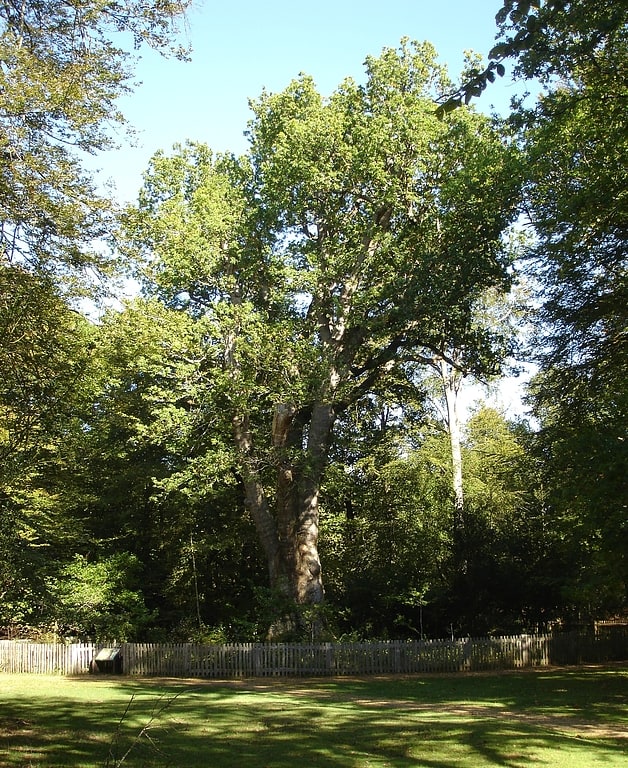
Historical landmark in England. The Knightwood Oak is a pedunculate oak and the largest, and perhaps most famous, oak tree in the New Forest, in southern England. It is also known as the Queen of the Forest. It is over 500 years old and has a girth of 7.38 metres. The tree is still growing. It was pollarded when about 200 years old and is thought to have been last pollarded in the mid 19th century.
The tree is located about 2.4 miles (3.9 km) WSW of Lyndhurst and just north of the A35 road at grid reference SU265065. There is a car park nearby and a gravel path, suitable for wheelchairs, leads to and around the tree. An interpretative panel explains the tree's history. A fence encircles the tree to protect its roots from soil compaction due to foot traffic. The tree has been popular with visitors for a long time and at the height of its fame, in Victorian times, people would come from far and wide to see it. It is even reputed to have been visited by Henry VIII during a hunting expedition in the forest.
In February 2006, Forestry England harvested twigs from the tree to produce new ‘Knightwood’ oaks with identical genes. Some will be planted near the original tree, while others will go to New Park, near Brockenhurst.[14]
Boldre Foreshore
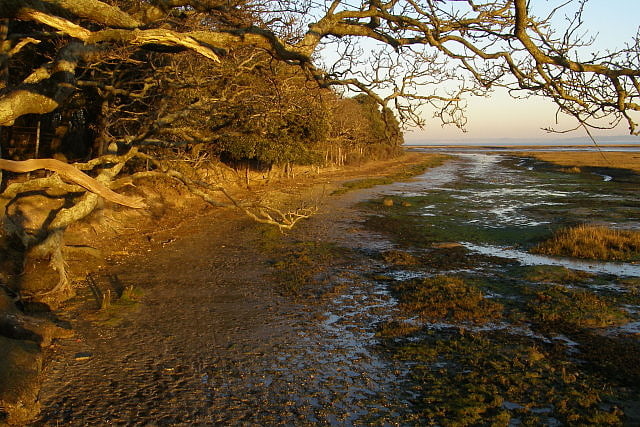
Boldre Foreshore is a 193.3-hectare Local Nature Reserve east of Lymington in Hampshire. It is owned by New Forest District Council and managed by the Hampshire and Isle of Wight Wildlife Trust. It is part of Solent and Southampton Water Ramsar site and Special Protection Area, Solent Maritime Special Area of Conservation, Hurst Castle and Lymington River Estuary Site of Special Scientific Interest and Lymington and Keyhaven Marshes, a nature reserve managed by the Hampshire and Isle of Wight Wildlife Trust.
This large site has a variety of habitats, including saltmarsh, shingle, grassland, fresh and brackish pools and mudflats. It has breeding populations of gulls, terns and waders, together with many wintering waders and wildfowl.[15]